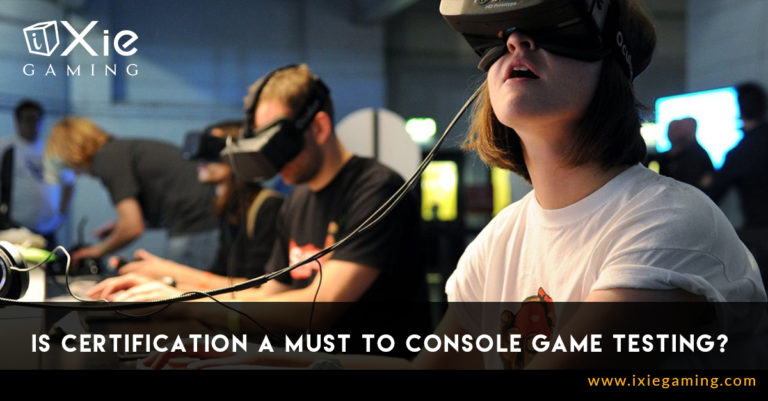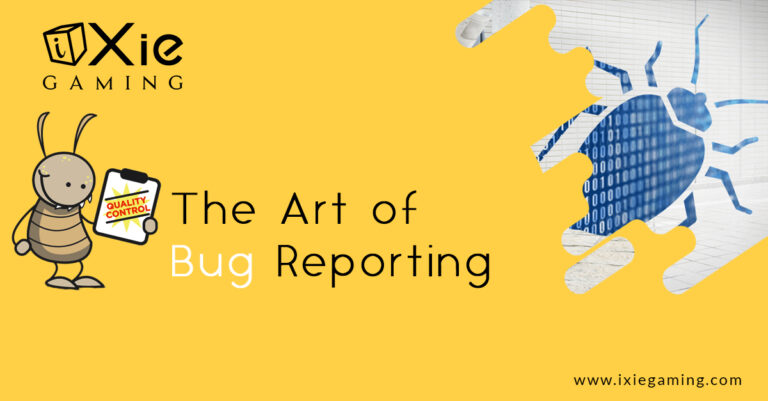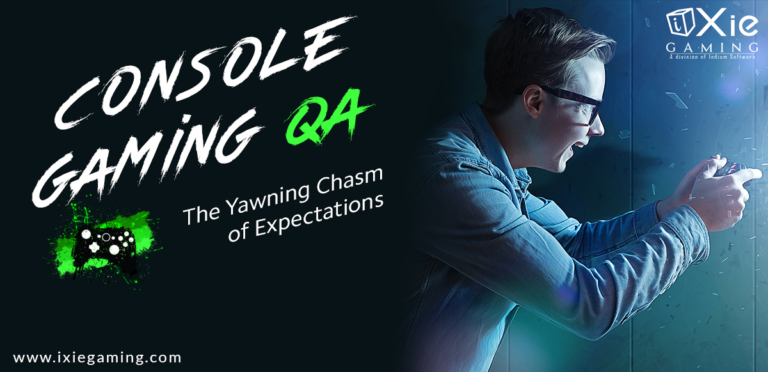According to Grand Review Research, the popularity of console games in the coming years is expected to be boosted by new and advanced audio-visual devices. The gaming experience will be enhanced because of high-end sound systems, displays, HDTVs with HDMI ports and inherent wireless connectivity.
Some of the key trends that are expected to change the gaming experience, according to The Guardian, include:
- Virtual Reality
- Physically collaborative games
- Augmented reality
- Incremental console updates
PricewaterhouseCoopers estimates the global video gaming industry to grow from $71.3 billion in 2015 to $90.1 billion in 2020, at a CAGR of 4.8 percent. Though mobile games growth has outpaced traditional console games, they are also expected to grow from $13.9 billion in 2015 to $16.1 billion in 2020.
Making a Good Game Great
By nature, console games are deeper, having more levels and complexities. Aimed at serious gamers, console games can go anywhere from 5-6 hours to 400+ hours of playability. You read it right, 400+ hours!
Now to keep a gamer involved for 400+ hours is some kickass retention, considering that the current generation of humans tends to flit from one game to another in the blink of an eye. Therefore, testing for the game involves more than design, gameplay mechanics, functionalities, and usability. The tester needs to assess the game for its focus, retention capabilities, performance, and its sense of purpose to be a success.

Testing Requirements
As the console gaming industry gets ready for the ninth generation of game consoles with advanced features, testing requirements too are going up. Some of the key trends for 2017 look to be:
Faster/Episodic Releases – Programmers today deliver games faster due to development in the agile environment, as seen with TellTale Games and Eidos Interactive’s latest releases. A testing team that understands agile and is prepared is essential to keep pace and deliver quality on time.
Collaboration – QA team gets involved in Scrum meetings along with development team and governance calls while developing the game. QA team also provides feedback on the quality of the game to improve its sustainability in the market.
Right Infrastructure – Having the right devices for testing in real-time can improve the results of performance and functionality testing. This gives an accurate picture of how the game will perform in real life and catch errors faster.
Thinking Beyond the Obvious – While straight through playing during testing is important, it is not enough. A player in real life can play in many ways, and the tester needs to be able to anticipate these moves to make sure the game performs whatever the player’s capability. This requires experienced gamers, testers, and a fresh perspective.
Ready for Next-Gen
 iXie, which has a dedicated game testing facility, will be equipping its lab with Gen 9 consoles in 2017, especially PlayStation 4 and Xbox One – to meet this growing need.
iXie, which has a dedicated game testing facility, will be equipping its lab with Gen 9 consoles in 2017, especially PlayStation 4 and Xbox One – to meet this growing need.- The team will support testing on 4K resolutions as well (Ultra HD) with PlayStation 4 Pro and Xbox One S.
- The gaming team consists of veterans who have been working on console-based testing since the 6th generation of consoles.
- It also deploys non-gamers and gamers with different genre preferences to get fresh perspective on the game being tested
- The team consists of specialists on standards and submission testing and have a first-pass ratio of over 90 percent.
- The team has exclusive testers specialized in TRC (Technical Requirement Checklist) and TCR (Technical Certification Requirements)
iXie game testers were gamers before becoming testers. The team brings four decades of playing experience to each testing. With the right team, the right equipment and the right process in place, Indium is poised to partner console game developers and enrich gamer experience.






